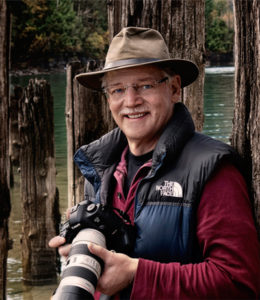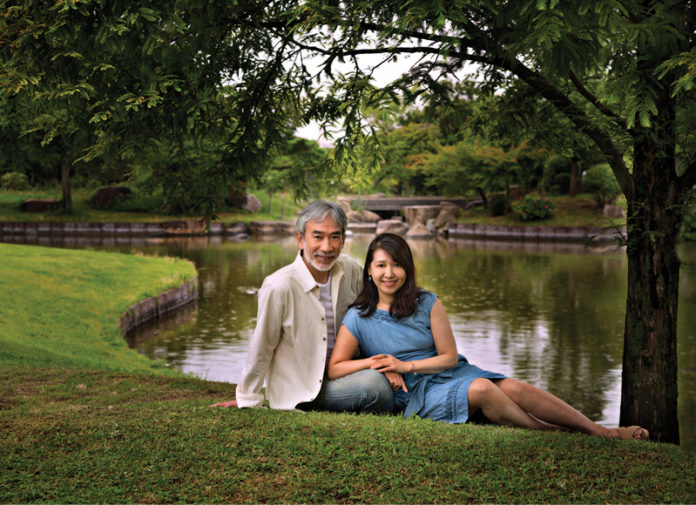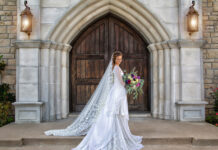by Don MacGregor
While our greatest concern must be our subjects, posing and expression, an appropriate background will make an image come alive with depth and story telling. Backgrounds should be just that, a background. It should be a secondary or supporting element and not be competitive with the primary subject.
Traditionally, photographers would make their backgrounds darker and out of focus and the reason is simple. Sharp elements would be competitive visually and lighter backgrounds often became dominant.
When choosing a background, the simplest approach is to look for an environment that has depth and the light values being somewhat similar to the subject (not blown out or blocked up). The goal is to have information throughout the background which creates a sense of depth.
My approach is to look for great scenes with information and then envision how to bring the subjects into the scene. The critical part of that is to insure that the subjects are dominant and the best way is to bring them into the foreground (and let the background fall away).
Repetition of color and design (patterns) are also strong contributions to dynamic backgrounds. Leading lines and frames are great contributions to a composition. A strong approach is to think like a pictorial photographer. They look for images that have a foreground, middle ground (subjects in our process) and a background. That generates a three dimensional image.
Lastly, power points (rule of thirds) should be considered when choosing a background. Try to envision the subjects on those positions and imagine how the elements work together.
 Don MacGregor is from Vancouver, BC, and an instructor at the Texas School of Professional Photography and a frequent contributor to this publication. Learn more about Don at www.MacGregorStudios.com.
Don MacGregor is from Vancouver, BC, and an instructor at the Texas School of Professional Photography and a frequent contributor to this publication. Learn more about Don at www.MacGregorStudios.com.











